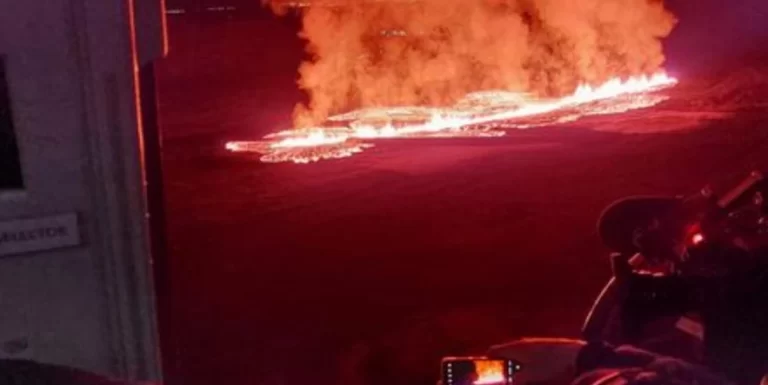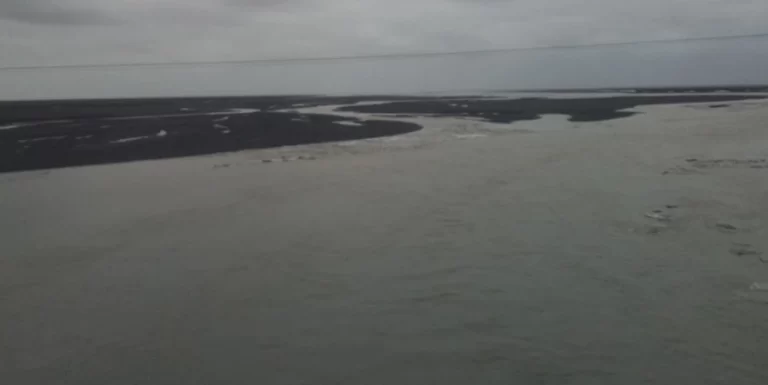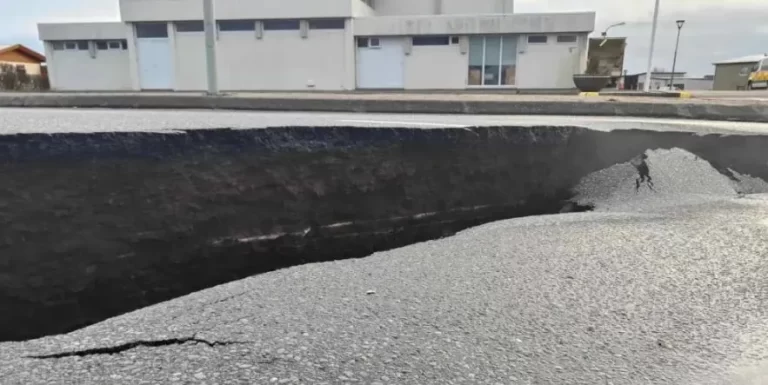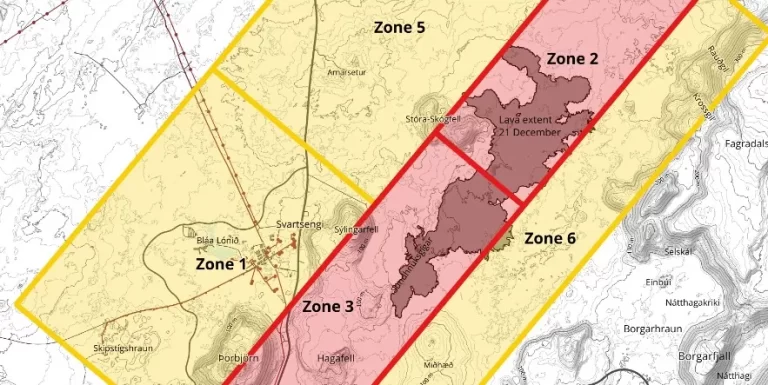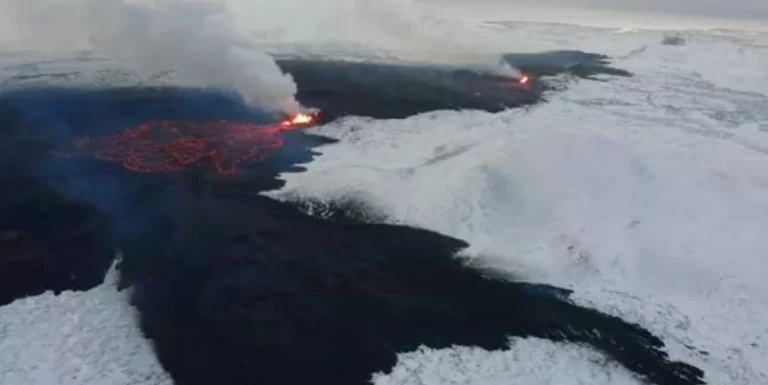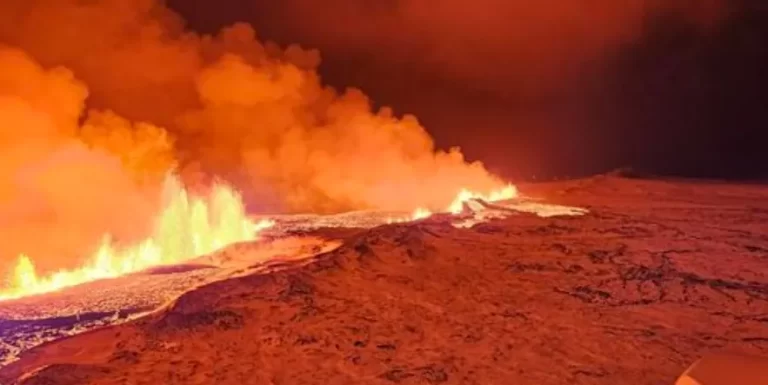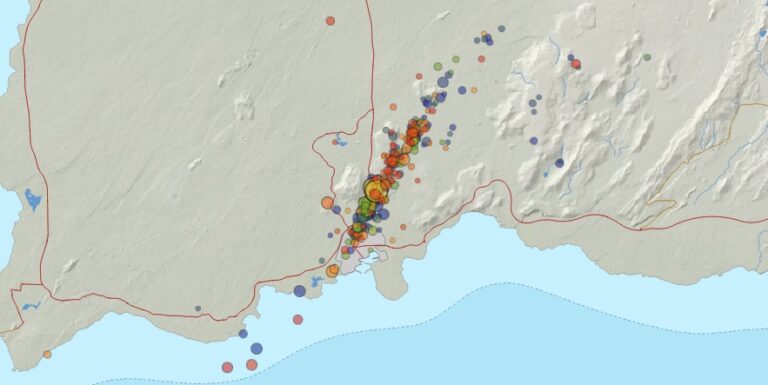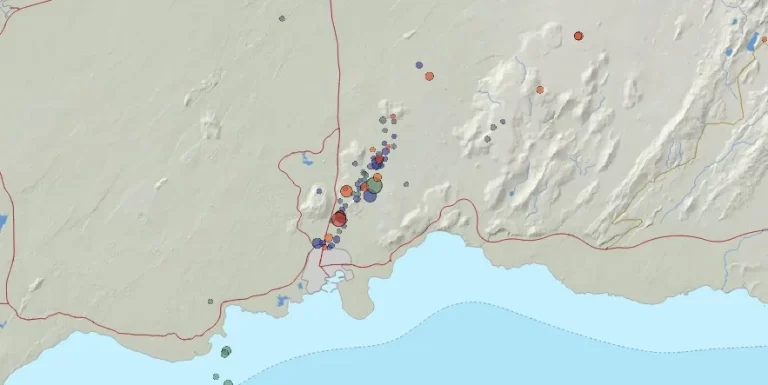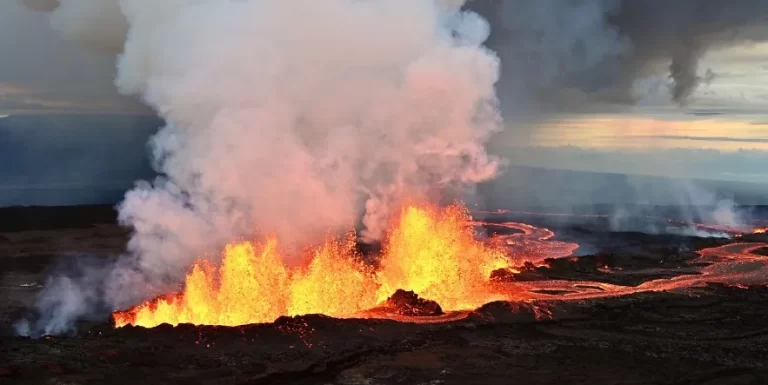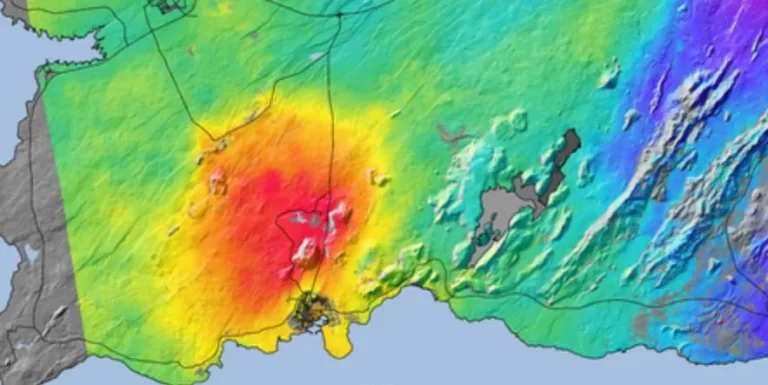Eruption started north of Grindavík, lava enters city limits, Iceland
Another eruption began south-southeast of Hagafell, Reykjanes Peninsula, Iceland at 07:57 UTC on January 14, 2024. The latest images show the lava flowing toward the town of Grindavik. The perimeter was about 450 m (1 470 feet) from the northernmost houses in the town around 08:40 UTC.

